SDRconnect is on its way – I know people are desperately waiting but be assured it is our top priority to get it out as soon as it’s ready. Meanwhile, multiplatform SparkSDR is growing in popularity for some uses. SparkSDR is an SDR application developed originally for Hermes Lite and Open HPSDR compatible radios (Red Pitya, Apache labs) and now, the SDRplay RSP family. It runs on Windows 7+, Linux x64, linux ARM(Raspberry Pi) and Mac.
This new video from Doug, WE6Z is a step by step guide to use it with an RSP:
SparkSDR Features:
- Run multiple radios at a time each with as many receivers as they support.
- Built in digi modes (PSK31, WSPR, JT9, JT65, FT8, FT4, FST4, FST4W) no need for virtual audio or serial cables.
- Virtual receivers that allow many modes to be monitored at once. This shares the bandwidth of as many slice receivers as the radio has between multiple modes.
- ssb compression using the controlled envelope ssb clipping algorithm.
- low latency audio and dsp chain.
- Neural network based noise reduction.
- Touch friendly UI.
- Undersampling reception and transmission, depending on the filters in front of the radio you can tune to above the Nyquist frequency and odd/even spectrum folding is transparently corrected.
- Radio frequency correction using network time protocol.
- MIDI interface to control surfaces and low latency cw keyers.
The SparkSDR website is here: https://www.sparksdr.com/
For support and discussion please use the SparkSDR Google Group.
By the way, SparkSDR users can provide a valuable service to SOTA (Summits-On-The-Air) and POTA (Parks-On-The-Air) activators with their SparkSDR based stations. Here’s how: https://groups.google.com/g/sparksdr/c/9jhDnAMxaMU
